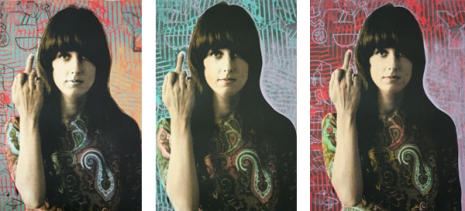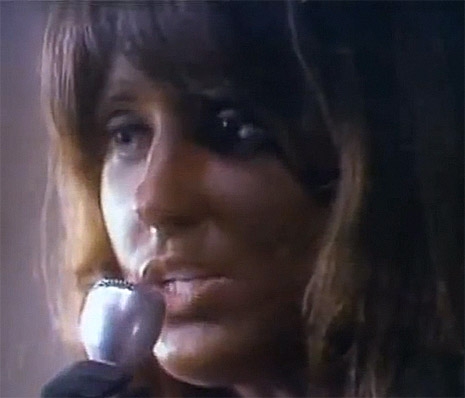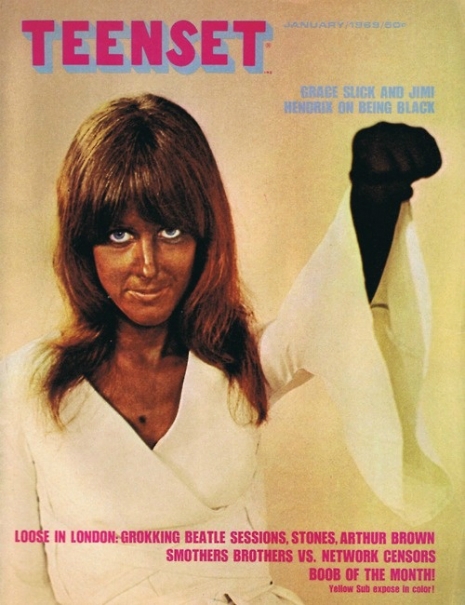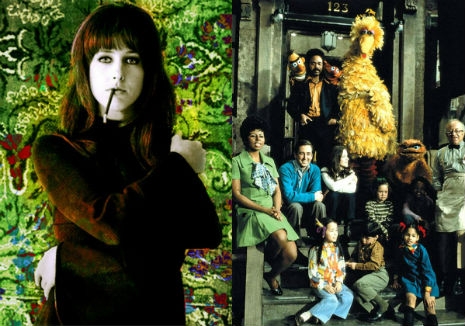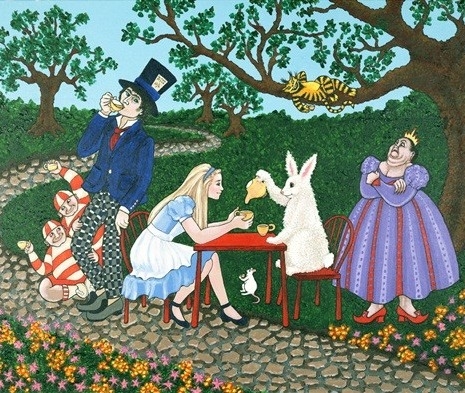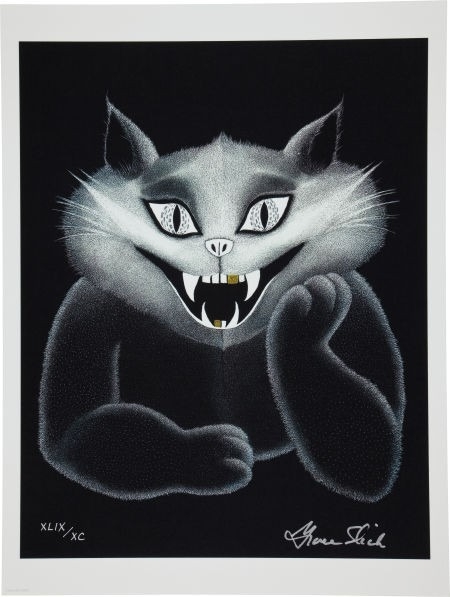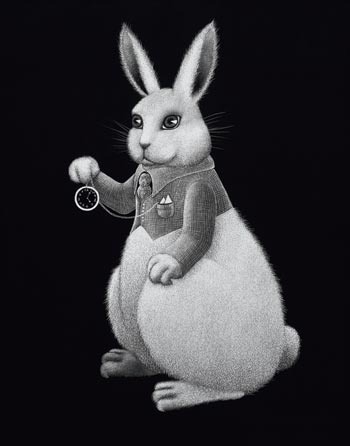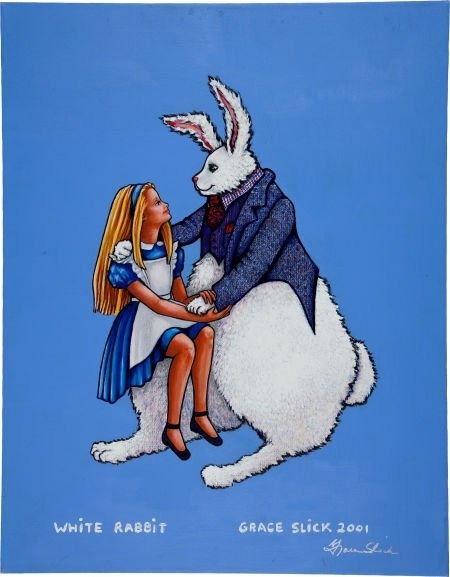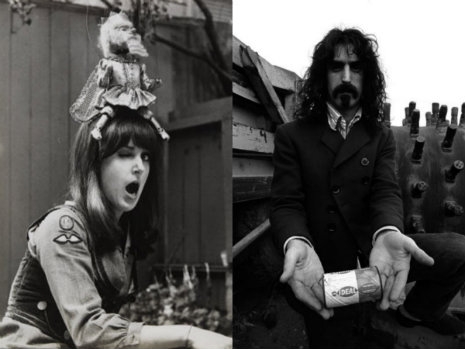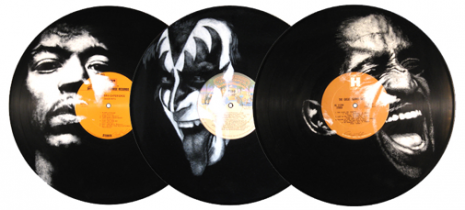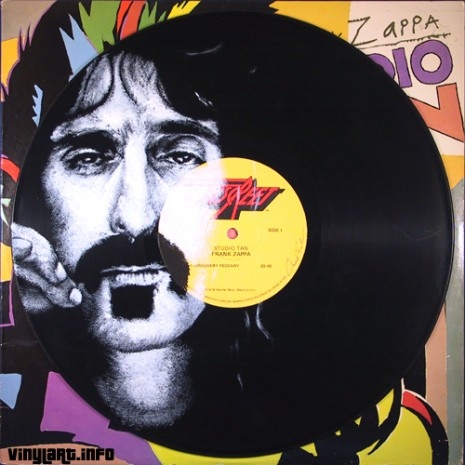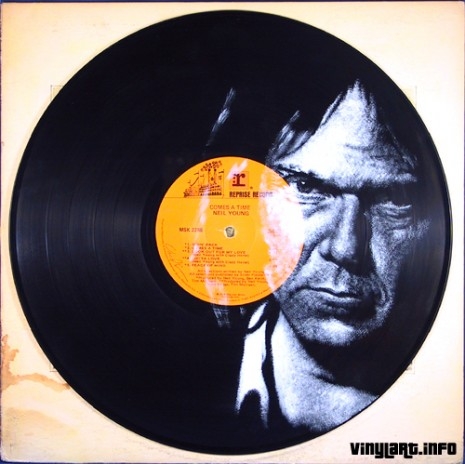
In 1984, Jefferson Airplane/Starship’s Grace Slick, then (and still) closely associated with hippie culture, released a curveball of an album—a straight up contemporary synth-pop record, saddled with the not-trying-at-all title Software. (The back cover depicts Slick as a floppy disc being inserted into a glowing slot, already an eyeroll-y cliché even then). It would completely fail to chart, and end up being Slick’s final solo album ever.
Software’s music was written by an Austrian keyboardist/producer named Peter Wolf (not the J. Geils Band singer nor any relation), who had history with Frank Zappa, and who would follow Slick back to Jefferson Starship, writing the hugely successful (but pretty dreadful) single “No Way Out” from the Nuclear Furniture LP, an album so glossy that Paul Kantner, Slick’s ex and the last remaining member from the Airplane’s original lineup, left the group in disgust, and took the “Jefferson” part of the band’s name with him. Reduced to just “Starship,” the band would go on to release one of the absolute worst singles of the rock era, the notorious and deathless “We Built This City.”
One of the songwriters credited on that infamous turd? Peter Wolf. The man has things to answer for. (He also played a role in the ‘80s Adult Contemporary decay of the once-great Seattle hard rock band Heart.)
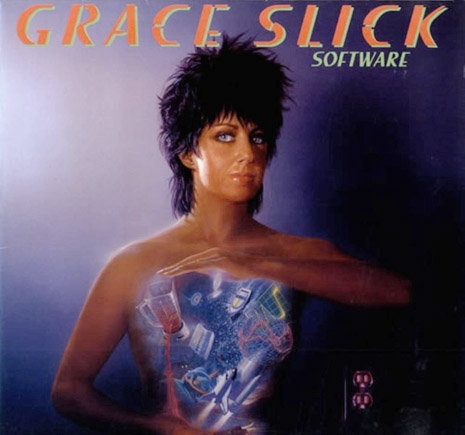
But here’s the thing: Software? Not a lost classic by any means, but definitely interesting, and certainly nothing approaching the fucking horrorshow that was Wolf’s later debasement of Slick’s counterculture legacy. I don’t care if I ever own a copy, but it’s worth discussing because it wasn’t a misbegotten novelty record, nor was it an if-you-can’t-beat-‘em-join-‘em move towards new production norms; the First Lady of Hippiedom was genuinely interested in the new synth music that by 1984 was no longer a novelty. From Jeff Tamarkin’s Got a Revolution! The Turbulent Flight of Jefferson Airplane:
Software, as its name suggests, put Grace in line with the popular, contemporary techno-pop sound of the mid-‘80s. Although guitar is used, the album is overshadowed by Wolf’s synthesized keyboards and bass, and electronic drums. Grace had become enamored of the synthesizer technology of the time, and decided to jump in all the way. Her singing here avoids her trademark free-form wails in favor of precise, short bursts, learned parts rather than improvisations.
The album was represented by two singles: “All the Machines,” a cool piece of music impaired only by ham-fisted lyrics about workplace automation, and the lousy “Through the Window,” a bit of throwaway mainstream pop that sounds painfully dated now. It’s also the home of a weird song called “Me and Me,” which seems to be about someone with multiple personality disorder falling in love with someone else with multiple personality disorder.
More after the jump…








